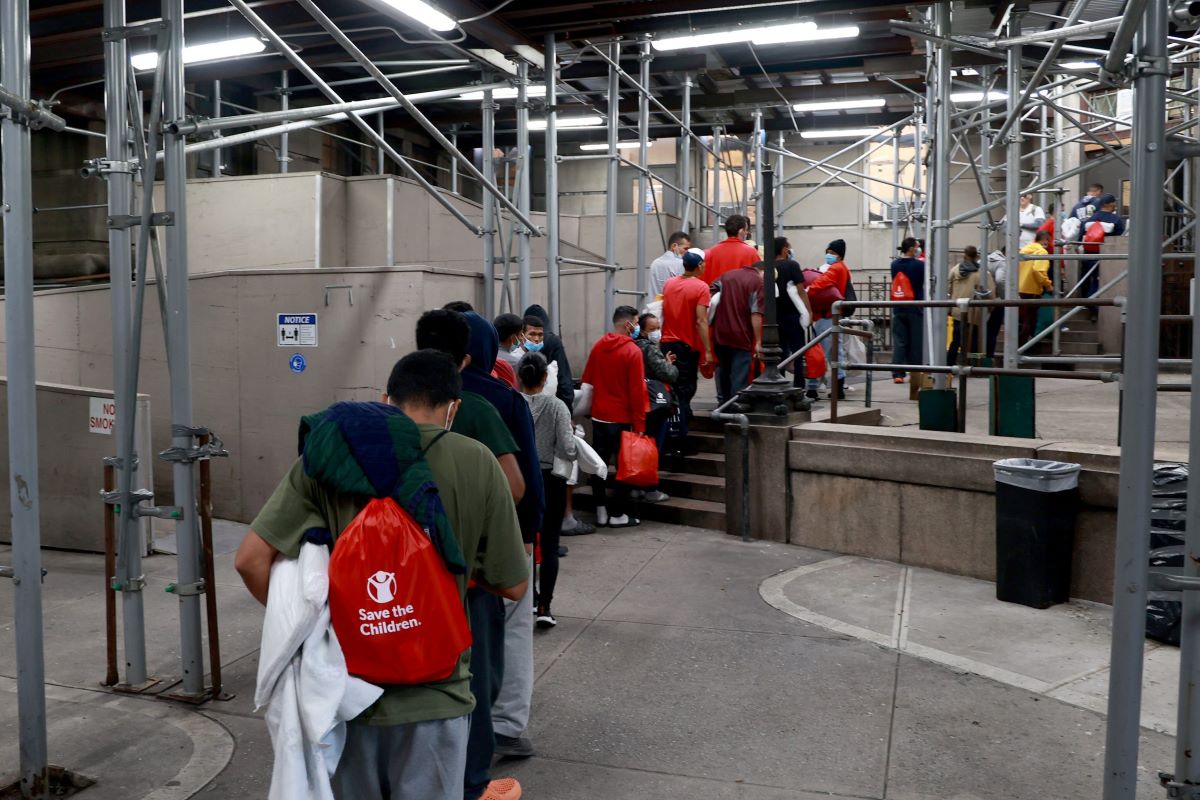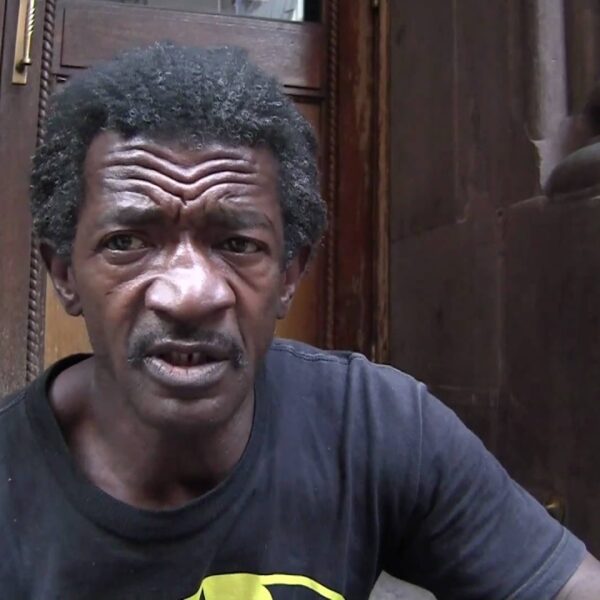New York Mayor Eric Adams has ended his push to suspend the city’s so-called “Right to Shelter” policy after months of mediation with the local advocacy community.
However, the settlement brought some bad news for migrants in New York City. The city will now limit the number of days a single migrant over the age of 23 can stay in one of its shelters to 30 days. According to the settlement, that stay can be extended to 60 days based on individual circumstances.
The settlement happened at a time when New York City has struggled to balance its response to the twin crises of increased homelessness and migration from South America. Over the last year, the number of people experiencing unsheltered homelessness in New York City has increased by roughly 5% since 2022 up to more than 4,000.
More than 180,000 migrants from South America have arrived in New York City over the same time, which has significantly strained the city’s financial resources and shelter system.
The U.S. Supreme Court is also considering a case—Grants Pass v. Johnson—that could complicate how New York provides shelter for people experiencing homelessness and migrants going forward. The case could allow the city to issue tickets and citations to people sleeping on the streets even when adequate shelter does not exist.
“This settlement safeguards the right to shelter in the consent decree, ensuring single adults’ – both long-time New Yorkers and new arrivals – access to shelter, basic necessities, and case management to transition from shelter to housing in the community,” The Legal Aid Society Chief Attorney Adriene Holder said in a statement. “It also requires the City to immediately eliminate the use of waiting rooms as shelters where new arrivals have been sleeping on chairs and floors while they wait for shelter placement.”
New York’s Right to Shelter: Background and Challenges
New York’s Right to Shelter has been a critical tool for increasing access to shelter for the city’s most vulnerable residents. It dates to a 1981 case called Callahan v. Carey, in which the New York State Supreme Court ruled that the city must provide shelter for men experiencing homelessness who meet the standards of welfare but are homeless “by reason of physical, mental, or social dysfunction,” according to the consent decree.
The law has also faced numerous challenges since it was enacted. Most recently, Adams sought to overturn the policy altogether as the city sought to preserve resources and provide services for the influx of South American migrants.
Advocates swiftly resisted Adams’ plan, arguing that ending the policy would create more problems than it solved. Daniel Perez, an assistant corporation counsel for the city, argued in a letter from October 2023 that the Callahan decision “has become outmoded and cumbersome in the face of the present migrant crisis.”
David Giffen, executive director of New York’s Coalition for the Homeless, said the law is a critical tool for supporting both the unhoused and migrant populations in New York.
“For more than 40 years, New York’s legal Right to Shelter has distinguished our city as a community that demands basic standards of decency and humanity for anyone in need,” he said. “We are relieved that this settlement finally puts an end to Mayor Adams’ efforts to dismantle this lifesaving cornerstone of New York’s response to homelessness.”
Settlement Implications and Advocacy
As part of the settlement, the city agreed to eliminate the backlog of new immigrants waiting for shelter placement and to help counsel new arrivals in their native language about the services available to them. That includes eliminating the use of “waiting rooms” as shelter.
The city’s Department of Homeless Services, humanitarian emergency relief centers, hotels, and religious institutions throughout the city will also be provided with staff members to help accommodate new immigrants. They will be given access to bathrooms, showers, meals, or a meal allowance.
However, advocates remain concerned about the city complying with the settlement.
Disability rights advocates have chided the city for failing to increase access to accessible taxis following a settlement agreement. The NYPD has also agreed to scale back its enforcement of protests following the George Floyd protests in 2020, but violent incidents between cops and protesters have still occurred.
“We will vigorously monitor compliance to ensure that those without homes are not relegated to the streets and look forward to the Mayor and Governor significantly increasing their efforts to help homeless longer-term New Yorkers and new arrivals alike transition from shelters into permanent housing and stability,” Giffen said.
How You Can Help
Now is not the time to be silent about homelessness in New York or anywhere else. While blaming a single politician for today’s housing struggles is easy, the truth is much more profound.
Poverty and homelessness are both policy choices, not personal failures. That’s why we need you to contact your officials and tell them you support legislation that:
- Streamlines the development of affordable housing
- Reduces barriers for people experiencing homelessness to enter permanent housing
- Bolsters government response to homelessness
Together, we can end homelessness.













